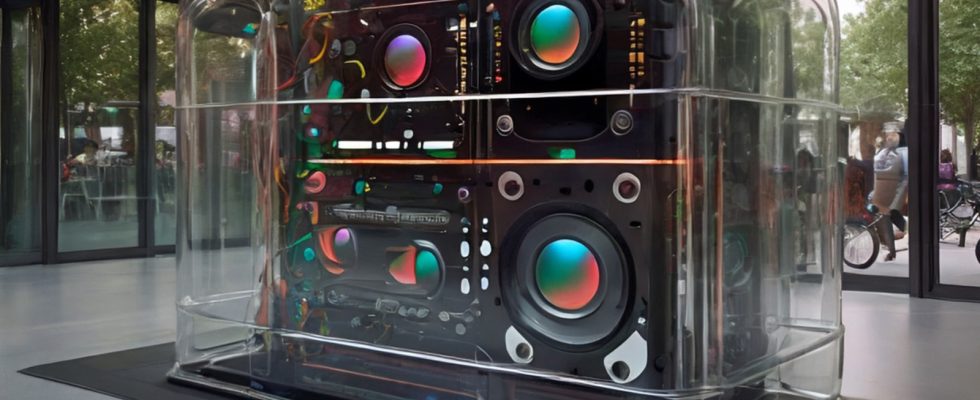Google announced that it has developed an artificial intelligence tool that can create songs in any musical genre using text descriptions. This new software, called “Music Learning Machine”, claims to be superior to other artificial intelligence music creation technologies such as Diffusion, Dance Diffusion, AudioML and Jukebox. Focusing on more sophisticated musical genres than OpenAI, this software is trained on 280 thousand hours of music data set and can produce harmonious songs based on complex descriptions.
When will Music LM be available?
Developing technology shows that the role of artificial intelligence in music production is increasing. Projects like Google’s Music LM show how far artificial intelligence software that can produce music inspired by text descriptions has come. However, it is interesting to see that this technology still faces some challenges and the issue of copyrights comes to the fore.

It was revealed that 1 percent of the music created during Music LM’s training was pirated. Due to the licensing issues of AI music not being resolved, Google has decided not to make the app available to the general public anytime soon.
This stands out as an ethical and legal challenge that AI faces in music production. For this reason, Google’s decision not to make Music LM available for general use makes us think about how technological developments in this field will be shaped by legal and ethical frameworks.


The failure to launch Google’s Music LM also highlights some other interesting options for music production. Here are some AI-based software with various abilities in music writing:
1. Sound Raw:
Sound Raw is a tool that lets you change songs using phrases generated by artificial intelligence. It integrates artificial intelligence to make melody creation easier and allows you to create your own music by choosing factors such as genre, instruments, duration and atmosphere. This program is also compatible with Google Chrome and Adobe Premiere Pro.
2. Boomy:
Boomy allows you to quickly and easily create music and share it on 40 different platforms. Popular among musicians, this program makes it easy for users to upload their music to services like TikTok and Spotify and then monetize it.
3. Jukebox:
Jukebox is an open source solution that creates music in various genres and creative styles. It improves the ability of artificial intelligence to produce creative music on its own using neural networks. The music produced is completely free and customizable.
4. Melobytes:
Melobytes is a free music-making tool that consistently produces unique compositions with tons of customization options. You can create your own music by choosing factors such as genre, speed, language, singer’s gender and lyrics. You can also instantly add a music video to your song and personalize it using various effects.


5.AIVA:
AIVA’s AI model has long been trained to produce music for commercials, movies and other situations that require an emotional response. Here you can create music that creates a strong emotional impact.
6. AI Music Professional:
AI Music Pro allows you to create music according to the mood and speed you want with its iPhone and iPad software. You can create melody using chord progressions and modify them to make the song unique. The application can be used without the need to log in or register, and your files are stored securely.
These software encourage creativity in the world of music by offering users the opportunity to create and personalize music at different levels. It shows that artificial intelligence-based music production is evolving rapidly and technological advances in this field bring with them important issues such as copyrights. It should not be forgotten that these developments may lead to deep thoughts and discussions in both the art and technology communities.
What do you think about this issue? Let’s meet in the comments.

